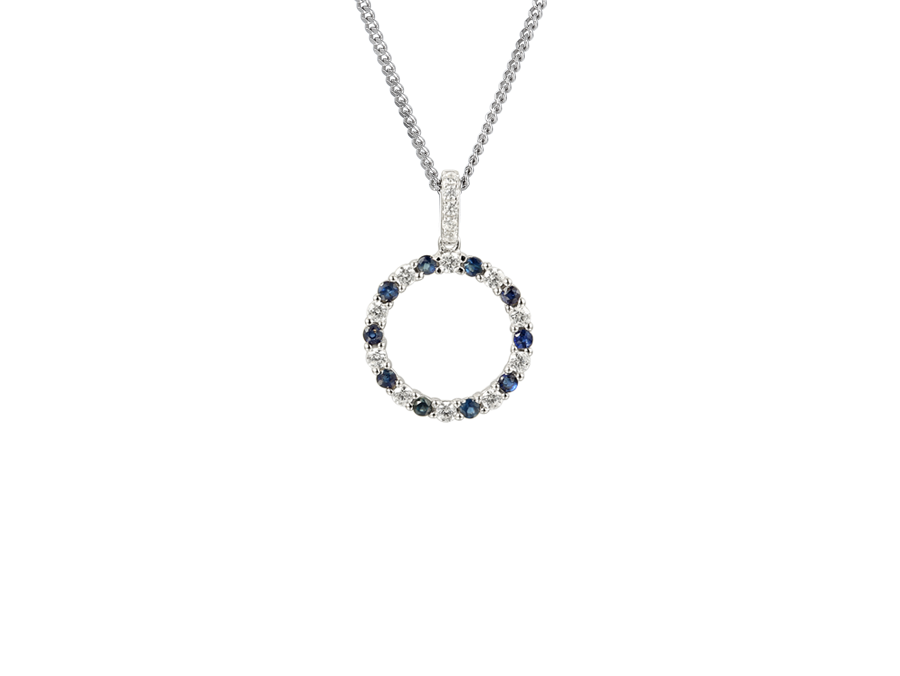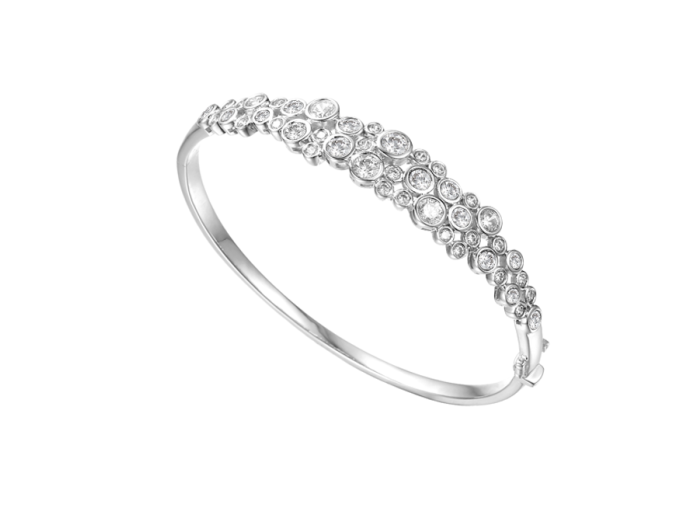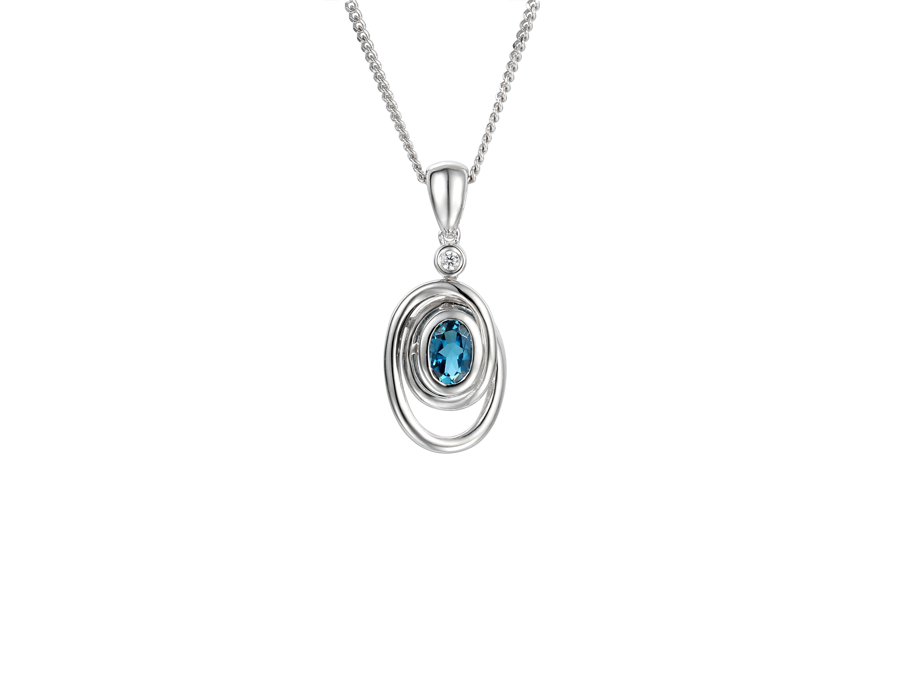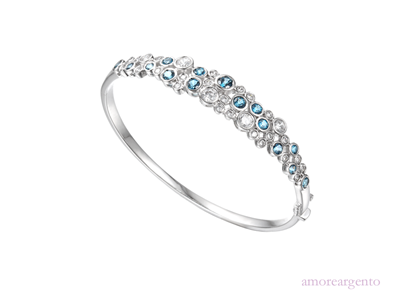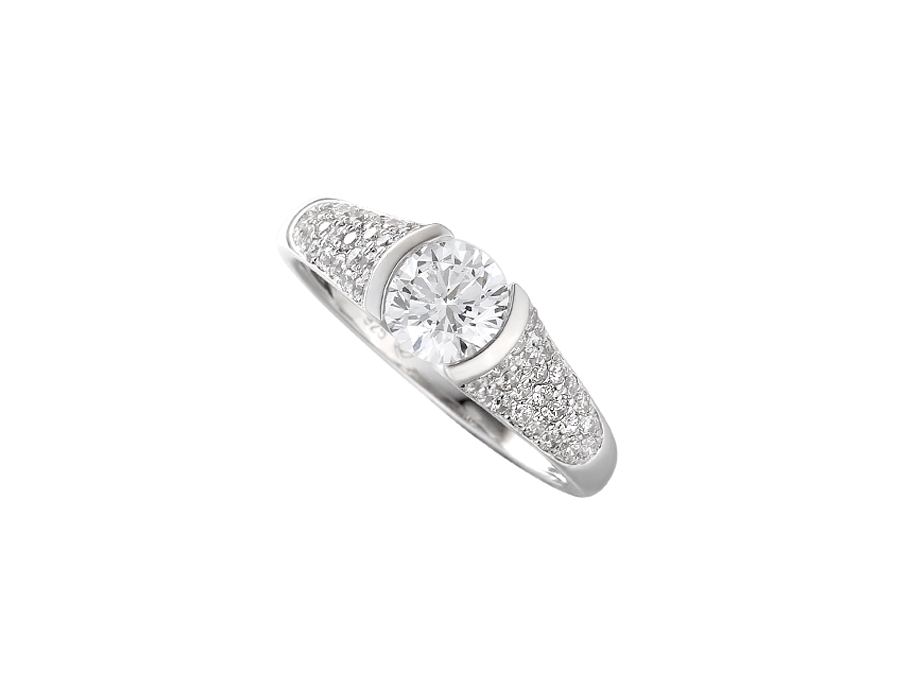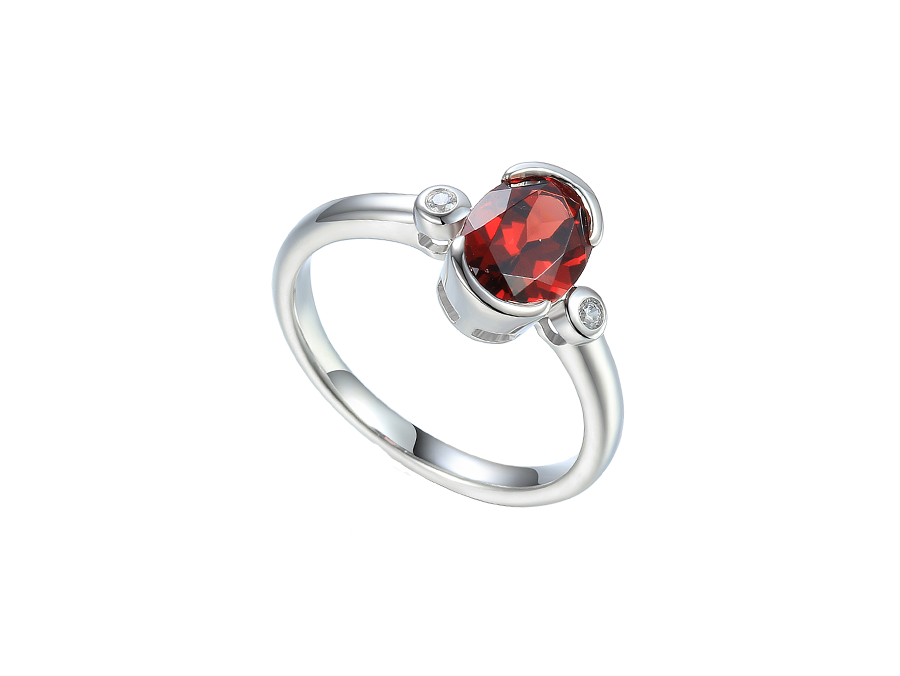We use cookies to make your experience better. To comply with the new e-Privacy directive, we need to ask for your consent to set the cookies. Learn more.
Pearl History And Their Significance Around The World
A pearl is a beautiful accident of nature, created when a mollusk attempts to defend its delicate body from an unwelcome and irritating invader, such as a grain of sand. Its natural defence system is to secrete a substance (known as nacre) around the intruder, and this is what, in the end, becomes a pearl.
Modern day wearers of freshwater pearl necklaces may never realise the rich history and allure that these gems have. Referred to by many as the "Queen of Gems", the lengths pearl divers went to just so that they could collect natural pearls definitely reflected in the expensive price people had to pay for pearl jewellery. Read on to find out more about pearl diving and how this gemstone has been viewed throughout history around the world.
About Pearls: Diving And Cultural Views Throughout History
Divers would risk their lives going right down to the bottom of the sea floor to check oysters individually for pearls, but because not all oysters will produce a pearl, this made their job even more difficult. To find a perfectly round (and therefore more desirable and marketable pearl) in an oyster is a rare occasion, which made pearls even more valuable. In fact, only three or four pearls would be found on average after cracking open (literally) a ton of oysters. This didn't put divers off however, as they've been collected for thousands of years, long before modern technologies and scuba gear was made available.
Free-diving, which is when the diver doesn't use any equipment and will just hold their breath underwater, was the most widespread kind of diving up until the early 1900s. In Japanese culture, women free-divers called "Ama" (which literally translates to "Sea Woman") dates back 2000 years.
In Islamic, Christian and Hindu cultures, pearls have long symbolised purity, so much so that they're a popular choice of jewellery for the bride to wear at a wedding. In ancient religions, they were believed to hold magical powers and were symbolic of the moon.
- China – Historical Chinese texts that date back 4000 years mention the freshwater pearl regularly. These pearls were sourced from the many rivers and ponds, including the river Hwai, and China was the first country to develop cultured pearls, around 1082 A.D.
- Egypt – Ancient Egyptians used mother of pearl shell for jewellery around five thousand, two hundred years ago. Though no one can say who 'discovered' pearls, they were no doubt simply stumbled upon by people searching for food along shores.
- India – An important source of pearls was once along the coast of India and in the Red Sea, where an abundance of coral reefs, pearl-oyster beds and turtle-hunting grounds lay. Today much of this trade has now diminished, especially since the banning of shell fishery in 2002. Pearls have been referenced in many texts in India for thousands of years, and the god Krishna is also often associated with pearls in ancient literature.
- Europe – In ancient Greece, the pearl was symbolic of love. In medieval Europe, pearls were a symbol of status and wealth, and by law, only royals could wear them. In the 19th century however, with the development of cultured pearls, they became fashionable and widely available to all.
Beautiful & Elegant Freshwater Pearl Necklaces
If you've fallen in love with the beautiful pearl, which is the birthstone of June, much like our ancestors did, why not take a look at our gorgeous and durable freshwater pearl necklaces? As well as necklaces, you'll find rings and bracelets featuring this lovely stone.
For more information or guidance, please don't hesitate to contact our friendly customer service team on 0345 450 3966.








